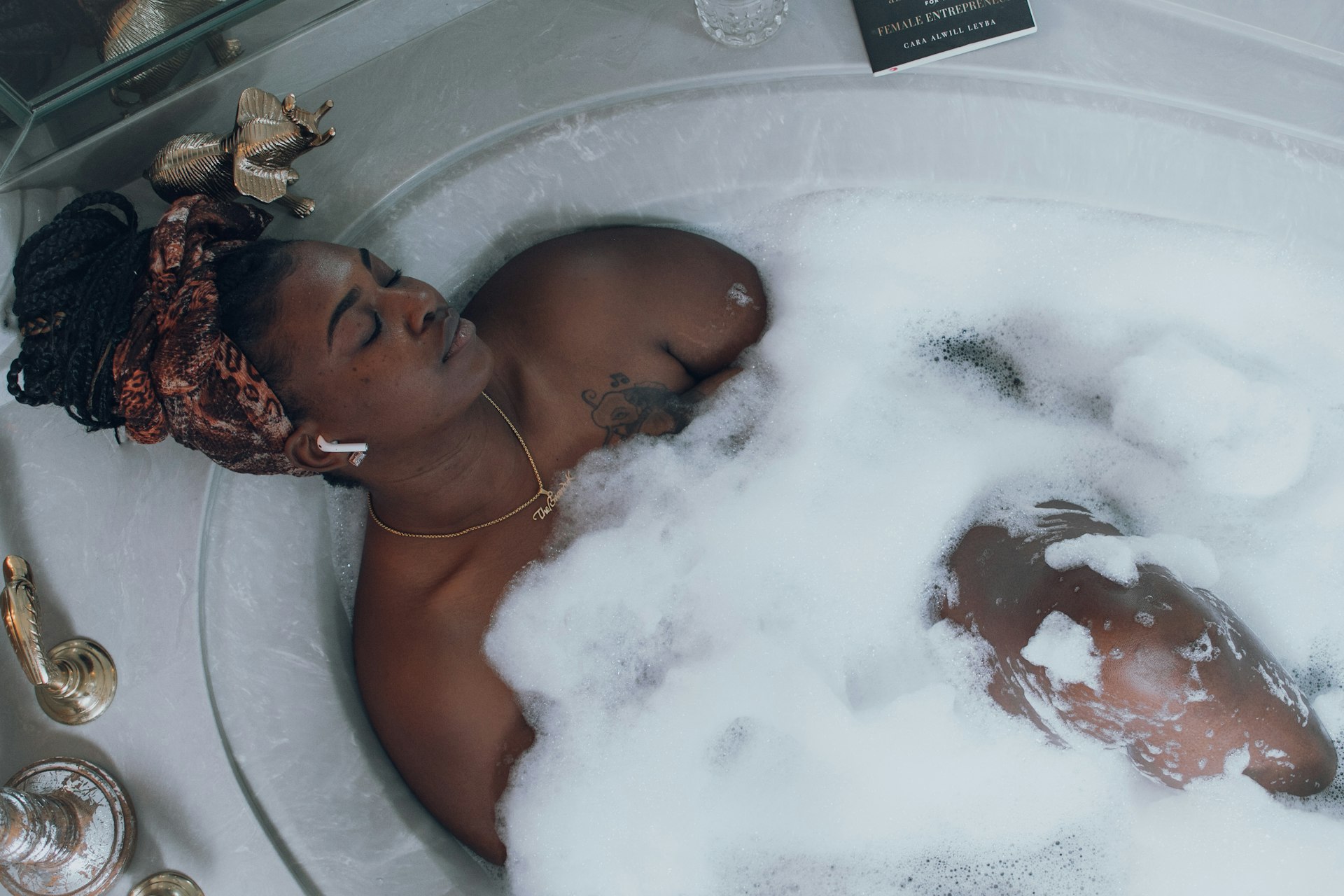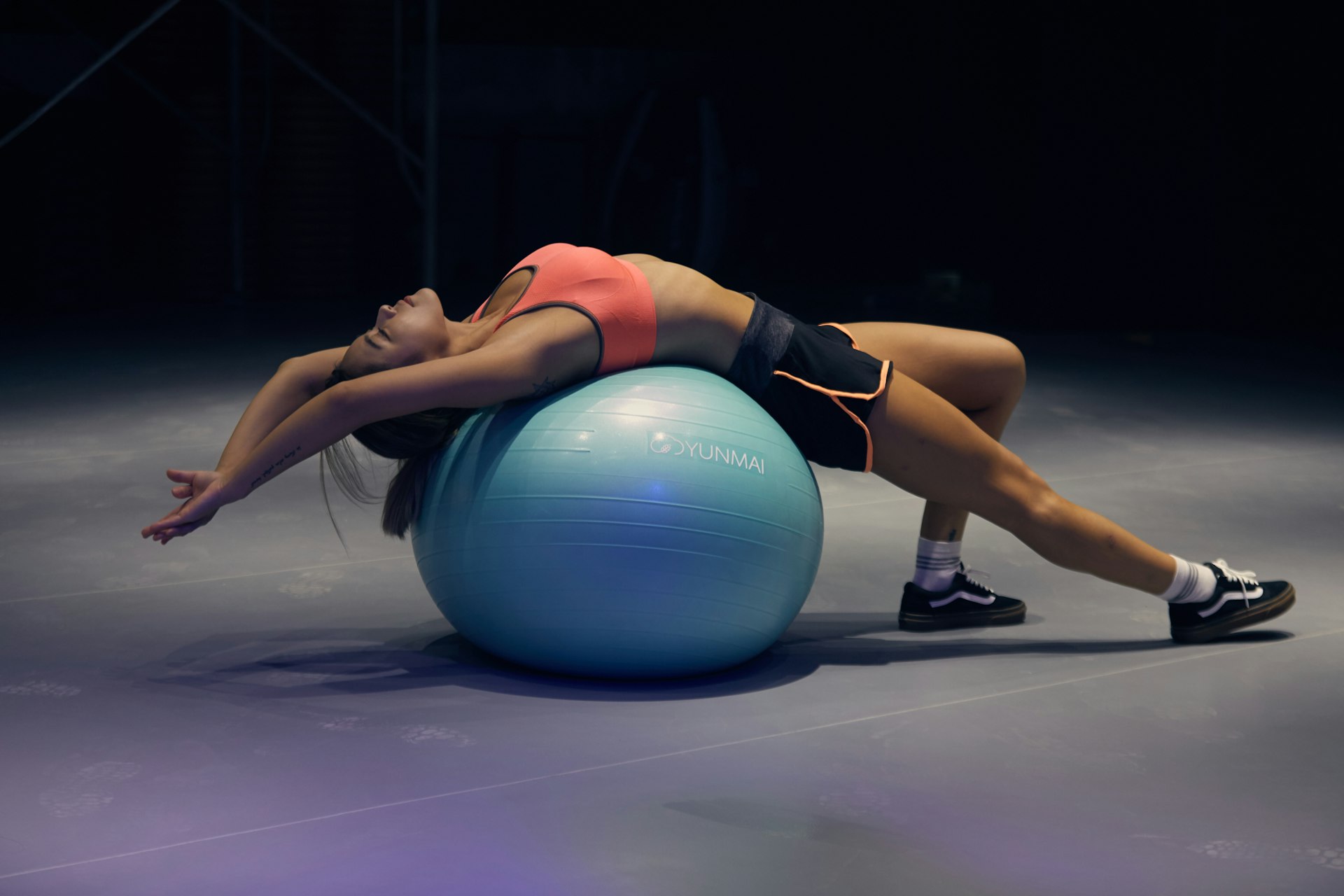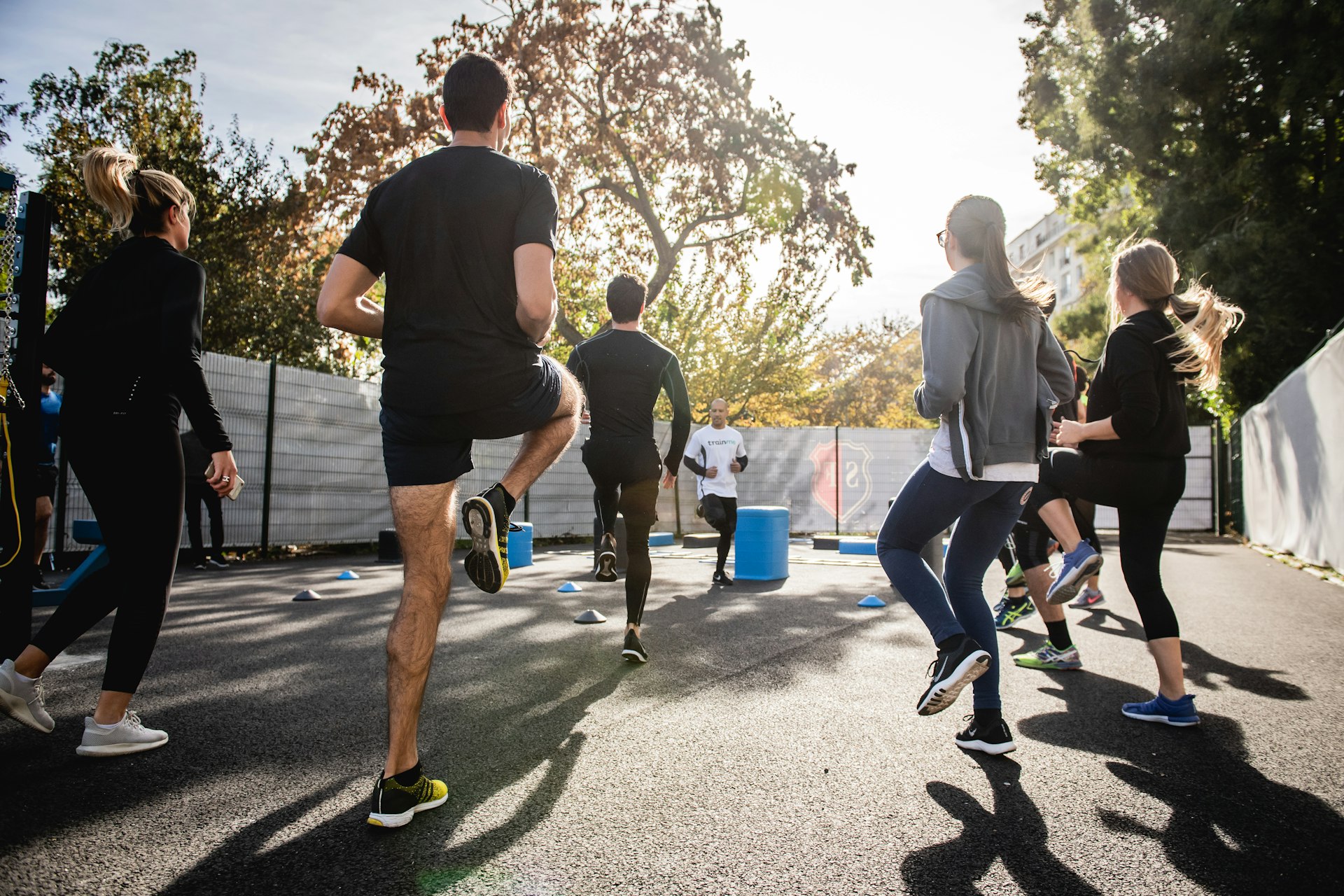As visual artists, we pour endless hours into creating beauty that inspires others. But let’s be real—our work is tough on the body. Long nights editing, bending over canvases, gripping brushes or styluses for hours… it all builds up.
That stiff neck after painting? The ache in your wrist mid-sketch? The back pain after a long shoot? Those are warning signs. If we don’t listen, they can lead to injuries, burnout, or even force us to pause our art careers.
This blog is your guide to protecting both your creativity and your health. We’ll cover:
- Techniques to avoid repetitive strain injuries.
- Daily routines for physical and mental wellness.
- Exercises and habits that support a sustainable career.
Because self-care isn’t selfish—it’s a strategy for a long, thriving creative life.
Why Self-Care Matters for Artists
Artists are like athletes of repetition. We do the same motions over and over, whether it’s:
- Drawing for hours.
- Editing late into the night.
- Painting layers on layers.
- Holding a camera steady through multiple shoots.
Without breaks, those motions create problems like:
- Carpal tunnel & tendonitis (from hand overuse).
- Back & neck pain (from bad posture).
- Eye strain (from screens or detail work).
- Creative burnout (from stress & deadlines).
The truth: your art depends on your health. Prioritizing your body and mind makes your creativity sustainable.

Techniques to Avoid Repetitive Strain Injuries
Upgrade Your Workspace
Your studio setup matters more than you think:
- Chair: Supportive for your lower back.
- Table height: Keep elbows at 90 degrees.
- Screen placement: Top of monitor at eye level.
- Lighting: Use natural light or daylight lamps.
This isn’t just comfort—it’s protection against strain.
Use the 20-20-20 Rule
Every 20 minutes, look at something 20 feet away for 20 seconds. This reduces eye fatigue and helps prevent headaches.
Take Micro-Breaks
Don’t wait until you’re sore—schedule breaks:
- Every 30 minutes: Stretch arms, roll shoulders.
- Every hour: Walk 2–3 minutes.
- Every 2–3 hours: Do a full-body stretch.
Set a timer to remind yourself.
Protect Your Hands
Your hands are your most important tools. Keep them strong and flexible:
- Do wrist circles often.
- Stretch fingers in a prayer pose.
- Alternate between tools (stylus, brush, pen).
- Use compression gloves if swelling starts.
Posture Check
Quick test: Are your shoulders hunched right now?
Correct posture looks like this:
- Sit tall, spine neutral.
- Shoulders relaxed, rolled back.
- Work closer to eye level instead of bending forward.
- Rest arms when possible.

Establishing Routines for Physical & Mental Wellness
Routines keep you grounded. Here’s a simple flow you can adapt to your lifestyle:
Morning Reset
- Drink water first thing.
- Stretch 5 minutes (wrists, spine, shoulders).
- Set a daily intention (ex: “I create with patience today”).
- Eat a real breakfast—protein and carbs for energy.
While You Work
- Use the Pomodoro method: 25 min work, 5 min break.
- Alternate creative tasks to avoid overuse.
- Snack smart: nuts, fruit, yogurt.
Evening Wind-Down
- Stretch your whole body.
- Write one gratitude note about your art.
- Unplug from screens 2 hours before bed.
Mental Wellness Practices
Protecting your mind keeps your creativity alive:
- Journaling: Brain-dump stress before creating.
- Meditation or breathwork: Even 3 minutes helps.
- Community: Talk with other artists to share struggles.
- Boundaries: Don’t let work take over every hour of your life.

Exercises That Keep Artists Healthy
You don’t need a gym membership. Just move intentionally.
Hand & Wrist Stretches
- Wrist flexor stretch: Arm out, palm up, gently pull fingers down.
- Wrist extensor stretch: Palm down, pull fingers in.
- Finger taps: Touch each finger to thumb, fast then slow.
Neck & Shoulder Relief
- Neck rolls: Gentle circles, both directions.
- Shoulder shrugs: Lift to ears, then drop.
- Doorway stretch: Lean forward with arms on doorway frame.
Back & Core Strength
- Cat-Cow pose for spine flexibility.
- Planks to strengthen core.
- Seated twists for back tension.
Full-Body Flow
- Walk, dance, or do yoga for 20–30 minutes daily.
- Use resistance bands or bodyweight workouts.
- Stretch anytime you feel stiff.
Habits for Long-Term Sustainability
Here are habits that keep your art career strong:
- Listen to your body. Pain is a signal, not part of the process.
- Schedule self-care. Treat it like a project deadline.
- Invest in tools. Ergonomics costs less than medical bills.
- Hydrate. Keep water nearby always.
- Celebrate progress. Every sketch, every draft, every photo matters.
Your art career isn’t just about talent—it’s about sustainability. If your body or mind breaks down, your creativity slows down too.
Self-care isn’t a luxury; it’s the foundation that allows you to keep creating at your highest level. So the next time you pick up your brush, camera, or tablet, pause and ask yourself:
Am I taking care of the artist behind the art?
Because your creativity deserves a strong, healthy, thriving you—for today, tomorrow, and the long run.